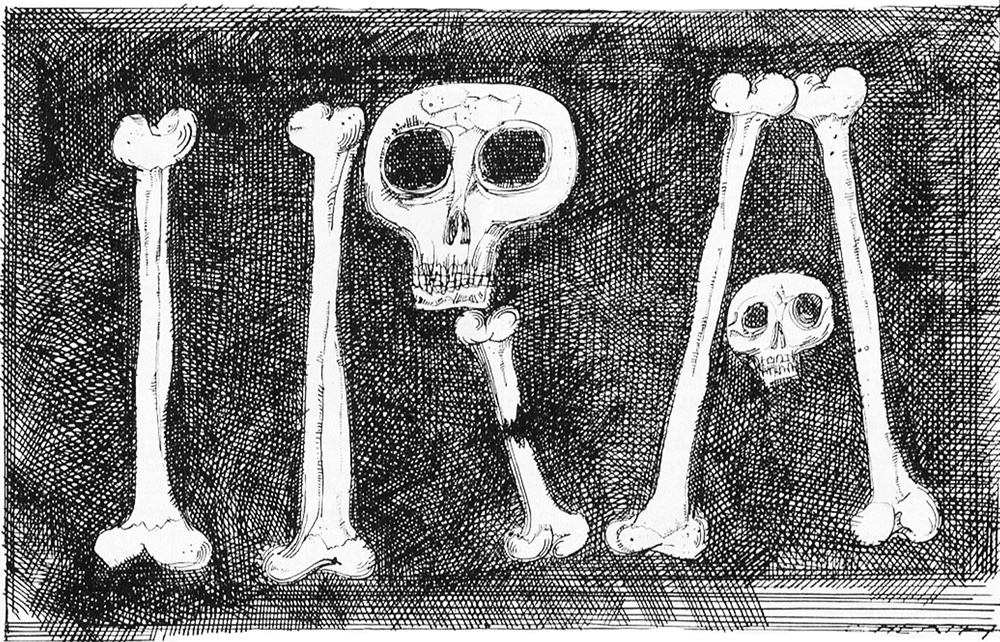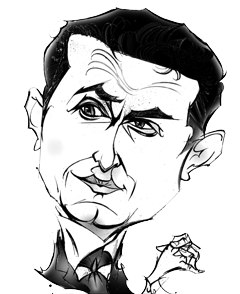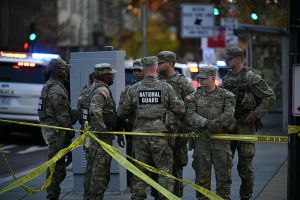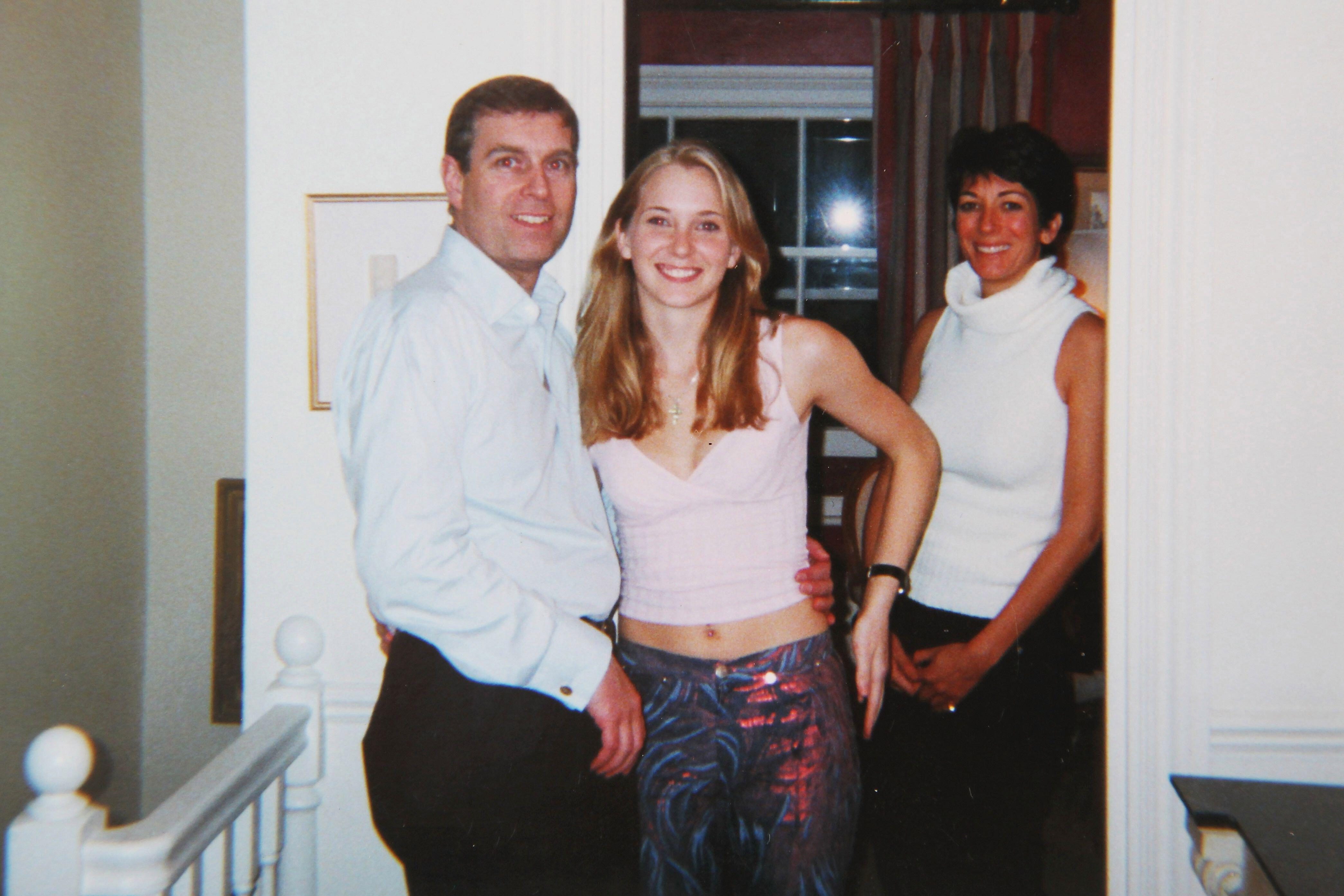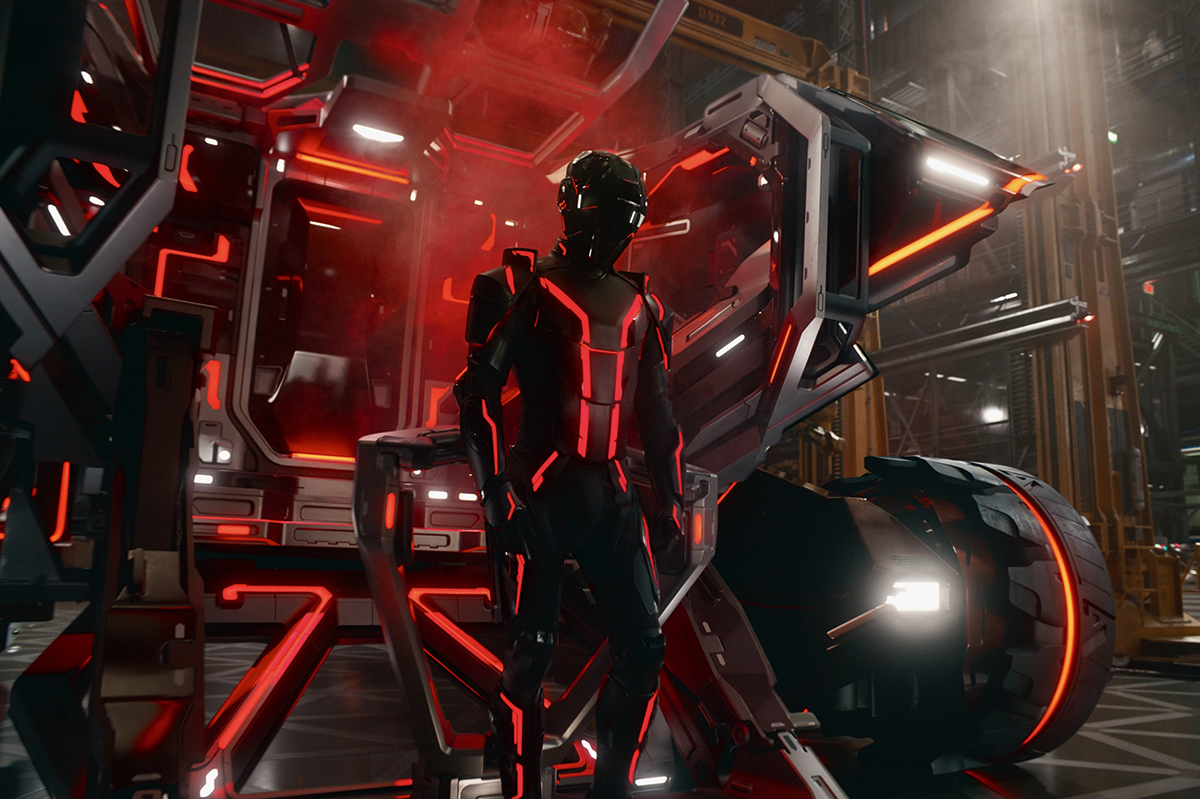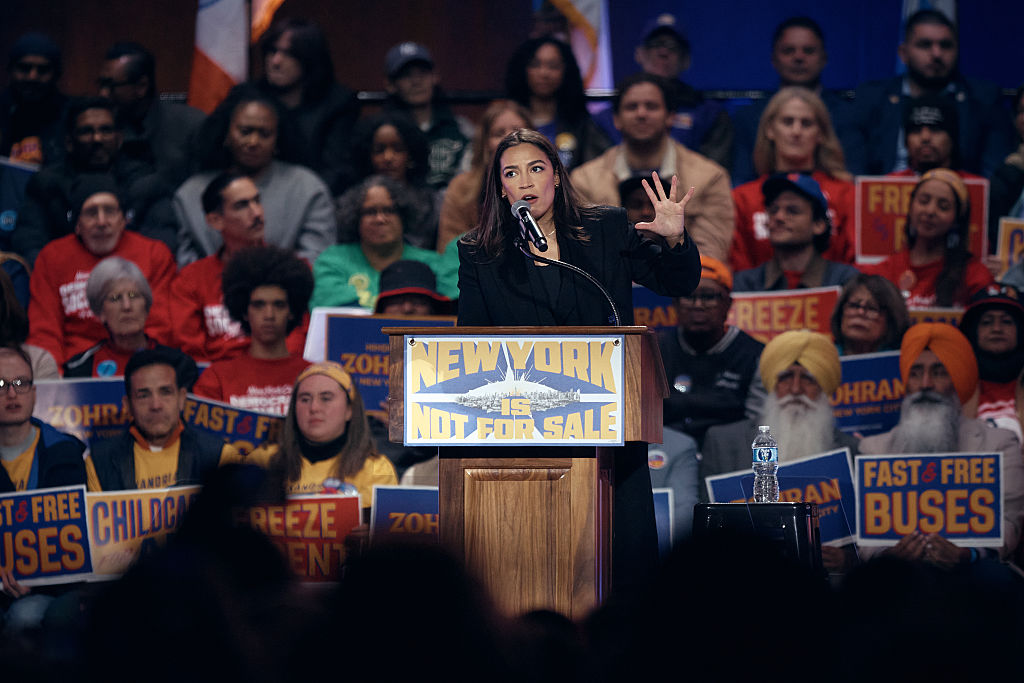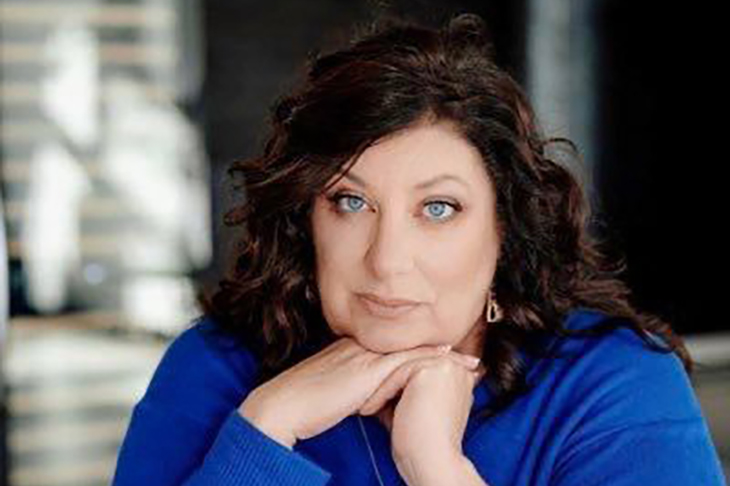It was from the Northern Ireland conflict that I first learned how language — like everything else — can be warped utterly. Take the late Martin McGuinness, not to mention his still-living, libel-hungry comrades.
For almost three decades they put bombs in public places, shot random people in the head and tortured others to death. After thirty years of this they received a wonderful career-end bonus. They became “men of peace.” Suddenly McGuinness and co were not to be criticized. Instead they were applauded for laying down their weapons. Before long they were traveling the world talking about “conflict resolution.” They won elections by pushing aside all those who had been against shooting people in the head from the start. Now if you condemned these killers you were “anti-peace process.”
Since we are going through the celebrations for the twenty-fifth anniversary of the Good Friday Agreement, it seems worth remaking this unpopular point. Last week we saw Joe Biden in Ireland chumming up with Gerry Adams. Soon afterwards, the Clintons were in town to celebrate the peace process. So a dissenting note is overdue.



